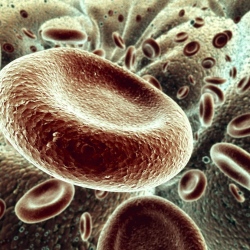
Using new technology, researchers were able to sequence and analyze whole genomes of infants in about 50 hours. While the rapid data is impressive, even more impressive was how they demonstrated the data’s timely value. After sequencing the genomes of seven babies that died near birth, the doctors were able to retrospectively diagnose five of them, demonstrating that the quick turnaround between sequencing and diagnosis has the potential to save many of these fragile lives.
There are more than 3,500 diseases known to be caused by mutations in single genes, and many of these diseases manifest in the first month of life. Because single genes are affected, these monogentic diseases are simple enough to be detected through genetic screening. Using current methods, however, screening newborns typically takes four to six weeks. Not only is this waiting period difficult for the parents, but the delay means that treatment all too often arrives after it’s too late.
In the current study, the researchers used an Illumina HiSeq 2500 to sequence the baby genomes. The 50 hour screening time was not due to sequencing speed, but rather analysis speed. It took about four and a half hours to prepare the samples and another twenty-five and half hours to sequence the genomes with the HiSeq machine. The remaining 20 hours then was all it took to analyze the entire 3.2 billion base pairs of the genomes and pinpoint causal mutations. They were able to achieve such efficiency by modifying their analysis software to be both automated and smart. Much of what is normally performed manually, like finding a mutation and associating it with a disease, was carried out by software. In addition, the clinical features of the babies were taken into account such that the software focused on genes that were most likely linked to the symptoms, greatly decreasing the analysis workload.
And quality was not sacrificed for speed. Retrospectively diagnosing the critical illnesses of five out of seven babies demonstrates that the system could make a huge difference in a clinical setting.
